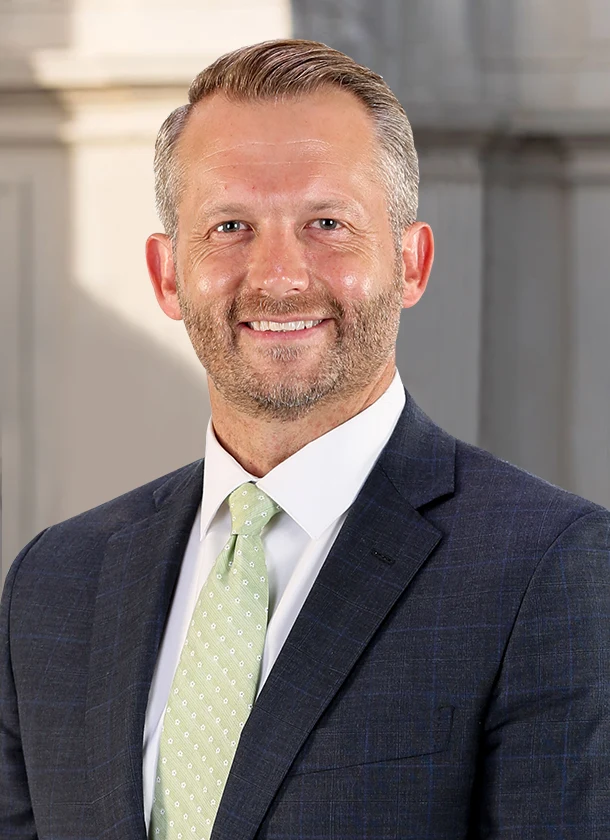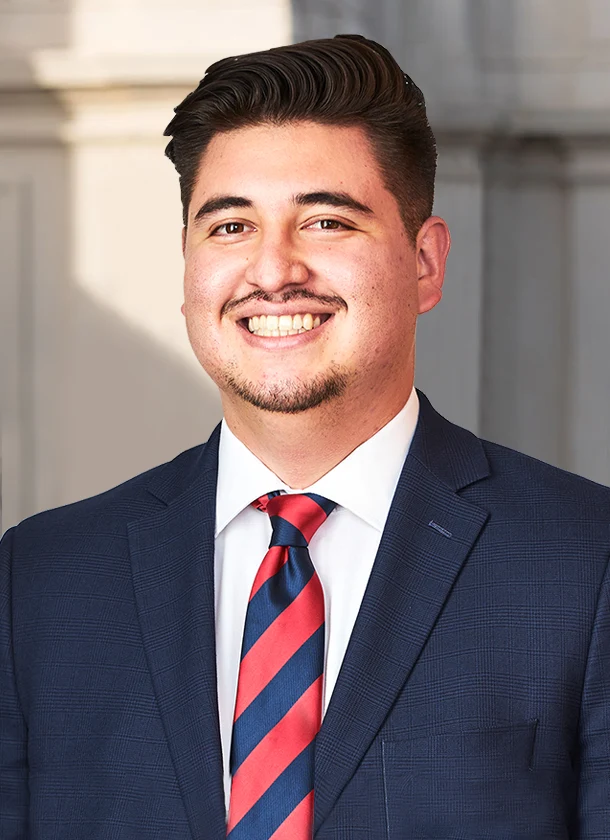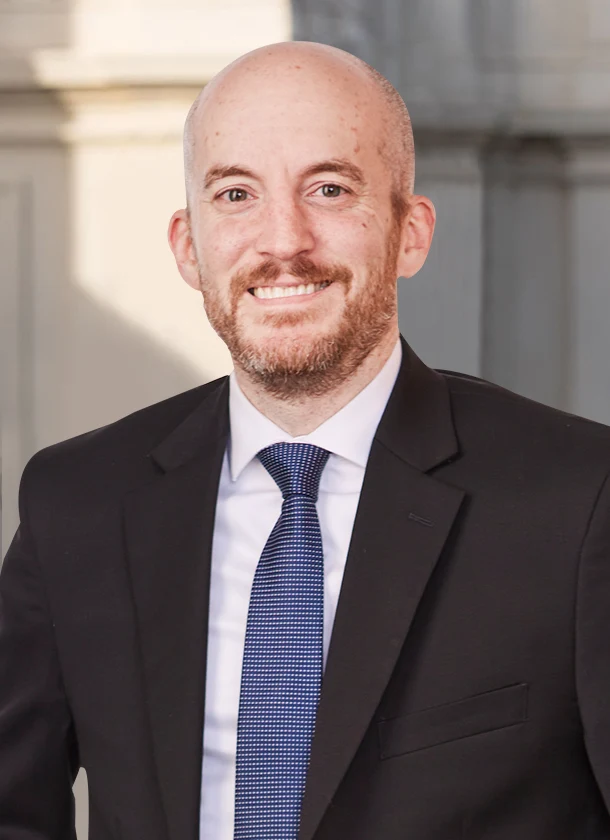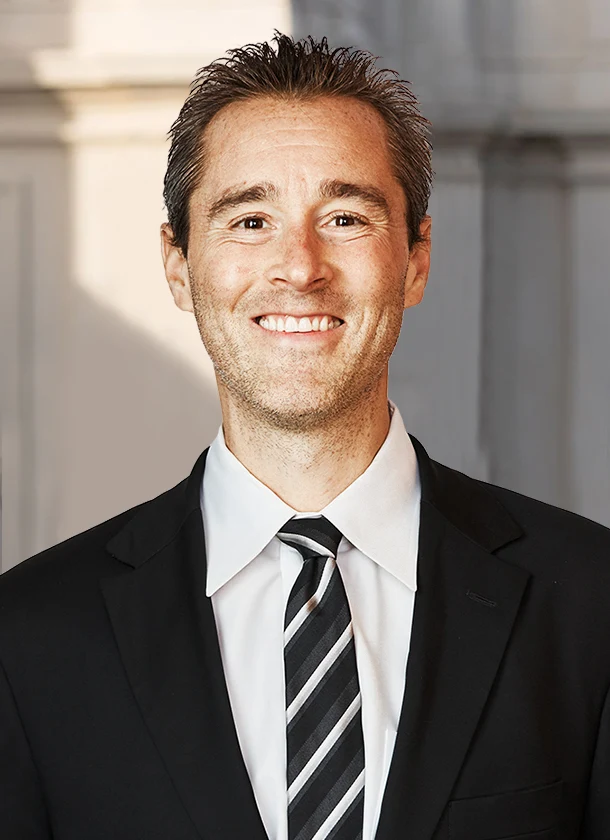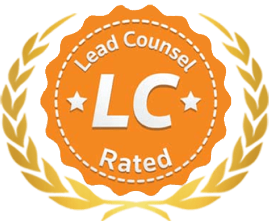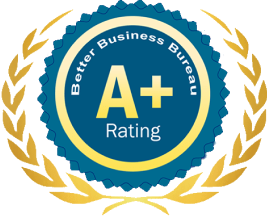![[10-13-2022] Ten Students Suffered Stomach Sickness After Inhalation of Chemicals in Sacramento School](https://arashlaw.com/wp-content/uploads/2022/11/10-13-2022-Ten-Students-Suffered-Stomach-Sickness-After-Inhalation-of-Chemicals-in-Sacramento-School.jpg) Ten students were treated at a hospital for minor injuries after being exposed to something that smelled like chemicals in a portable fourth-grade classroom at Sacramento’s Ethel Phillips Elementary School on Thursday, October 13, 2022.
Ten students were treated at a hospital for minor injuries after being exposed to something that smelled like chemicals in a portable fourth-grade classroom at Sacramento’s Ethel Phillips Elementary School on Thursday, October 13, 2022.
The accident happened around 9:30 a.m. the same day after a student at the back of the class started to feel uneasy and sick to his stomach.
According to the local news, the teacher and several other students expressed similar concerns and removed all 25 students from the classroom.
The Haz-Mat team was dispatched to investigate the mystery odor.
According to Wade, tests to identify the problem could take up to a couple of hours. He speculated that there might have been an issue with the portable classroom’s HVAC system where the smell was concentrated.
Chemical Exposure Statistics
The phrase “sick building syndrome” (SBS) refers to circumstances in which building occupants experience abrupt changes in their comfort and health that seem related to their time spent in a building. Still, they can find no particular illness or cause. The complaints may be isolated to a specific area or zone or may feel them throughout the entire building. On the other hand, symptoms of a diagnosable illness are referred to as “building-related illness” (BRI) when they can be directly linked to airborne building contaminants.
The main goals of an HVAC system are to provide thermal comfort and support the maintenance of good indoor air quality through adequate ventilation and filtration. One of the biggest energy consumers in schools is the HVAC system. Numerous other high-performance objectives, such as water consumption (water-cooled air conditioning equipment) and acoustics, can also be impacted by the HVAC system’s design and selection.
Building ventilation standards in the early and middle 1900s called for roughly 15 cubic feet per minute of outside air for each building occupant, primarily to mellow and remove body odors. The 1973 oil embargo, however, forced a reduction in the outdoor air provided for ventilation to 5 per occupant as part of national energy conservation measures.
The oxygen content of the air will decrease as the flavorless and colorless nitrogen gas escapes into space. Less than 7% oxygen is required for human survival over the long term (the same amount of oxygen is present at an altitude of 26,247 feet). It doesn’t take long to reduce the oxygen content from 21 percent to 7 percent. The likelihood of passing out increases as the oxygen level drops below 7%. If you go without oxygen for more than a few minutes, your brain will suffer permanent damage.
Airborne particulates can also include pollen, mold (fungal) spores, animal dander, insect proteins, pesticides, lead, infectious bacteria, and viruses, in addition to “atmospheric dust.” Designers can incorporate ventilation system features that will benefit students and staff at the school as well as the effectiveness and durability of the HVAC system.
Unchecked indoor moisture can seriously harm a building’s structure, as well as its interior furnishings and finish materials like floors, walls, and ceilings. Uncontrolled water can cause mold to grow, which compromises the school’s infrastructure and affects students’ and staff members’ health and academic performance.
Sacramento County Chemical Exposure Injury Lawyers
The effects of toxic chemical contact on one’s health can be severe. Remember that you might still experience health issues after your initial treatment. You may have to deal with the long-term effects of some of these problems. You should be compensated for how your burns have changed your life.
Arash Law’s chemical exposure injury lawyers in Sacramento County are prepared to respond to your inquiries. Obtain the just compensation you are entitled to, and take the necessary action.
If you or someone you know has experienced harm from chemical exposure, call us immediately to speak with an experienced chemical exposure injury lawyer.
We help people involved in severe accidents, like those that result in truck fatalities or back injuries from trips and falls. Call (888) 488-1391 to arrange a meeting with one of our attorneys.
Share this:
- Click to share on Facebook (Opens in new window)
- Click to share on X (Opens in new window)
- Click to share on LinkedIn (Opens in new window)
- Click to share on Reddit (Opens in new window)
- Click to share on Pinterest (Opens in new window)
- Click to share on Threads (Opens in new window)
- Click to share on WhatsApp (Opens in new window)



![[04-23-2025] Los Angeles County, CA – Man Fatally Stabbed in Valley Village Apartment; Suspect Charged With Murder](https://arashlaw.com/wp-content/uploads/2025/05/04-23-2025-Los-Angeles-County-CA-–-Man-Fatally-Stabbed-in-Valley-Village-Apartment-Suspect-Charged-With-Murder-420x249.webp)
![[05-11-2025] San Bernardino County, CA – Motorcyclist Airlifted After Crash With Sedan on Southbound 15 Freeway Near Oak Hill Road](https://arashlaw.com/wp-content/uploads/2025/05/05-11-2025-San-Bernardino-County-CA-–-Motorcyclist-Airlifted-After-Crash-With-Sedan-on-Southbound-15-Freeway-Near-Oak-Hill-Road-420x249.webp)
![[05-11-2025] Alameda County, CA – Motorcyclist Killed in Crash on Interstate 880 Near Hegenberger Road in Oakland](https://arashlaw.com/wp-content/uploads/2025/05/05-11-2025-Alameda-County-CA-–-Motorcyclist-Killed-in-Crash-on-Interstate-880-Near-Hegenberger-Road-in-Oakland-420x249.webp)
![[05-11-2025] Fresno County, CA – Bicyclist Killed in Hit-And-Run Crash at Belmont Avenue and Thesta Street](https://arashlaw.com/wp-content/uploads/2025/05/05-11-2025-Fresno-County-CA-–-Bicyclist-Killed-in-Hit-And-Run-Crash-at-Belmont-Avenue-and-Thesta-Street-420x249.webp)
![[05-09-2025] Kern County, CA – Pedestrian Killed After Being Struck by Two Vehicles on E. California Avenue in Bakersfield](https://arashlaw.com/wp-content/uploads/2025/05/05-09-2025-Kern-County-CA-–-Pedestrian-Killed-After-Being-Struck-by-Two-Vehicles-on-E.-California-Avenue-in-Bakersfield-420x249.webp)
![[05-11-2025] Los Angeles County, CA – One Killed, Another Critically Injured After Car Crashes Into Pedestrians on Sidewalk in Westlake](https://arashlaw.com/wp-content/uploads/2025/05/05-11-2025-Los-Angeles-County-CA-–-One-Killed-Another-Critically-Injured-After-Car-Crashes-Into-Pedestrians-on-Sidewalk-in-Westlake-420x249.webp)




